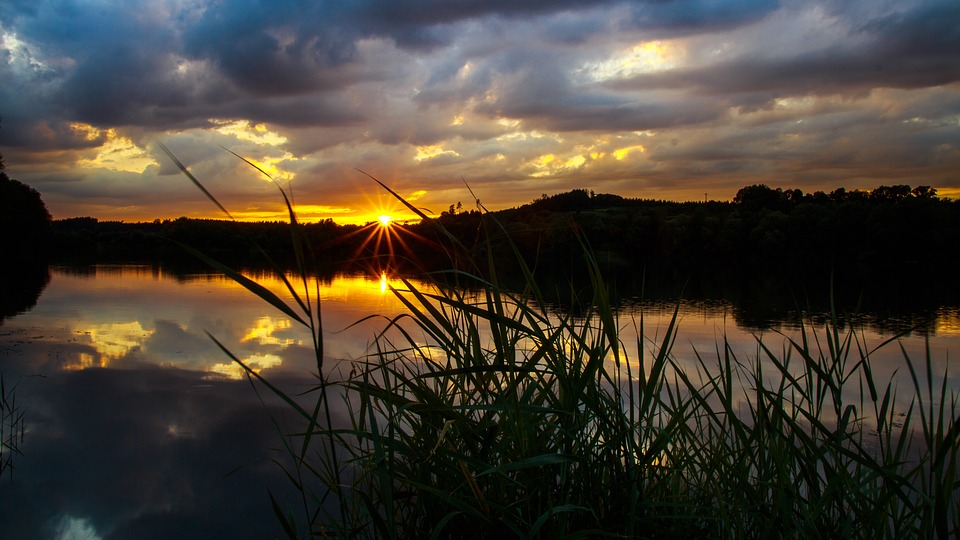
By Taylor Schaefer, Writing Project Leader for Save The Water™ | August 3, 2015
Every year, thousands of tourists flock to the Finger Lakes region of New York State. Known for its abundance of natural beauty, the temperate climate has made this destination one of the most popular wine regions in the world. Agricultural production is vast, as fruit, vegetable, and sugar maple farms flourish throughout the countryside. In 2013, the state’s maple syrup production ranked second in the country (Finger Lakes Daily News).
The eleven Finger Lakes are some of the most beautiful lakes in the country, with waterfalls and deep waters that attract water sports enthusiasts from all over the globe. However, kayaking, canoeing, and waterfall hikes are not the only unique aspects. Containing 4.2 trillion gallons of water, Seneca Lake provides clean drinking water for 100,000 people and is also home to a variety of freshwater fish. Residents in the area strive to maintain sustainable production methods on vineyards and farms.
Despite the ban on fracking, a battle between clean and dirty energy ensues as a Texan corporation seeks to build a gas storage facility on the western side of Seneca Lake.
The Texas-based company Crestwood Midstream Partners already stores 1.5 billion cubic feet of methane at the site and has received approval from the Federal Energy Regulatory Commission (FERC) to obtain another half-billion cubic feet. Crestwood plans to store 600,000 barrels of liquid propane in one cavern and 1.5 million barrels in a second, both abandoned salt caverns dating back to the 19th century.
The concern? These caverns are structurally unstable. One was even deemed “unusable” after an earthquake destroyed part of it. A 2015 analysis documented 20 serious incidents between 1972 and 2012, including explosions, loss of life, injuries, and mass evacuations. Dr. Rob Mackenzie, retired president of Cayuga Medical Center, concluded that over 25 years, the risk of disaster is 42 percent.
Brine seepages already rendered Seneca Lake non-potable between 1964–1984 when LPG storage spiked salinity. Similar seepages could recur, threatening drinking water for 100,000 people.
The industrialization tied to this project would also bring 50+ additional tank cars and compressor stations, raising risks of groundwater damage. Yet the project is projected to create only 8–10 jobs. The Finger Lakes’ economy—driven by tourism and agriculture—could actually lose far more if the rural environment is disrupted.
Despite opposition from residents, hundreds of businesses, 23 municipalities, and 5 of 6 surrounding townships (Gas Free Seneca), Crestwood is pushing forward.
Informing residents about solar energy and renewables could reduce reliance on fossil fuels. A 2013 Stanford study showed New York State could meet 100% of its energy needs with renewables by 2030, creating 80,000 jobs—far outweighing the immediate costs. Yet the 2015 New York Energy Plan includes expanding natural gas infrastructure, locking in decades of fossil fuel use.
Local biologist Sandra Steingraber summarized the stakes:
“All of us are 65 percent water by weight. Seneca Lake is the source of drinking water for 100,000 people. So 100,000 people are walking around [made up of] Seneca Lake. That’s their blood plasma, their spinal fluid, their exhaled breath on a cold winter day.”
The state must decide: is it worth jeopardizing Seneca Lake’s health for a handful of jobs?